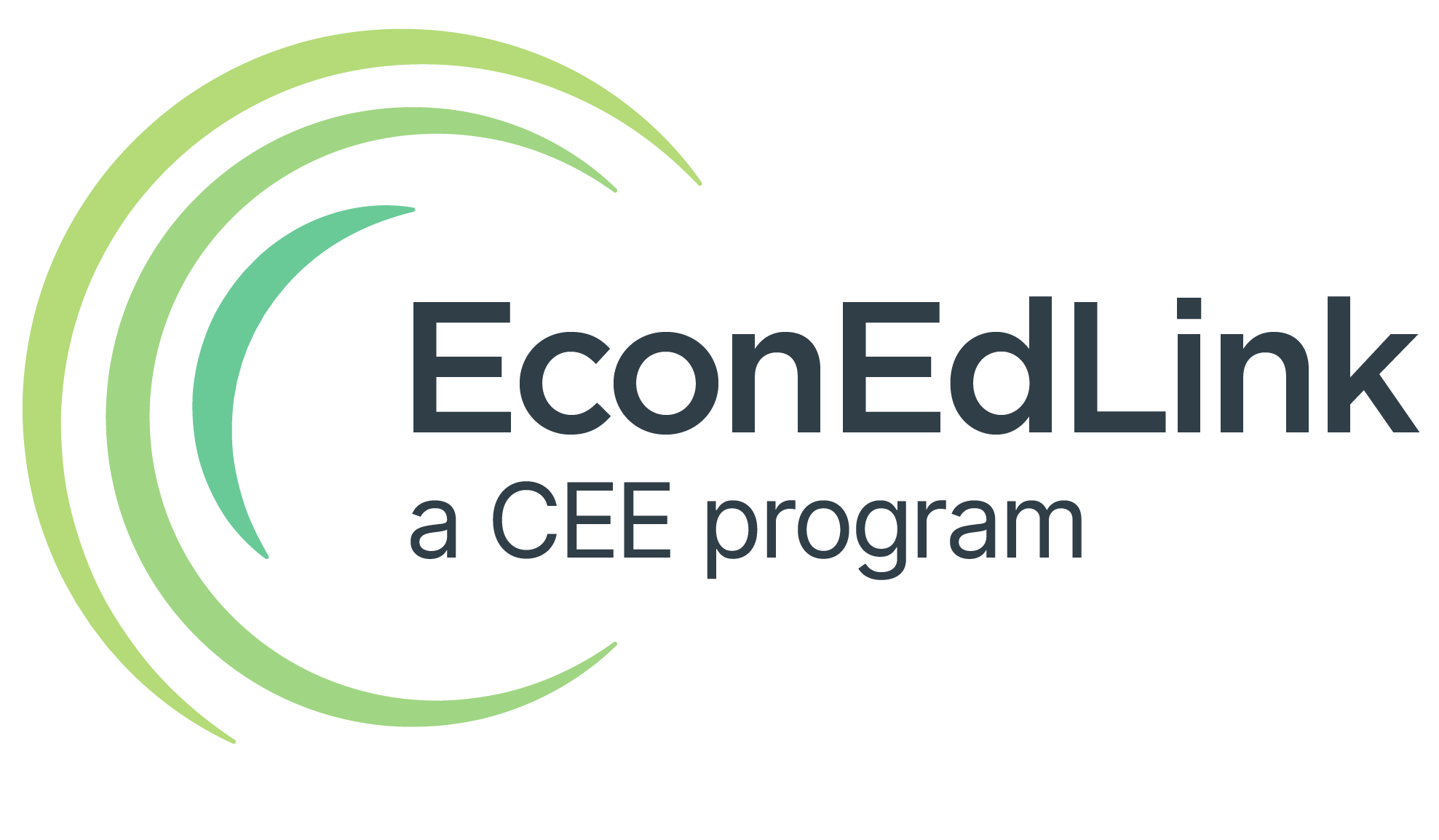
Grades 9-12

Don't have an account yet? Sign up for free
Don't have an account yet? Sign up for free
Students will be able to:

In this personal finance lesson, students will participate in insurance pools to learn how car insurance markets deal with risks.
Warm-Up
Before the game begins, review some important terms with the students. Write the questions below on the board. Pose and discuss the following questions:
Answers
Modeling
Print and distribute a copy of the Insurance Pools handout to each student. Instruct students to read the game outline. Give them 2 minutes to read through the instructions quietly.
Explain that in this game, they will be divided into groups called ‘insurance pools.’ Each pool will pick which of its drivers to insure. In the first round, the pool receives $2,000 from each driver that the pool decides to insure. Then, if the driver has an ‘accident’ determined by the roll of the dice, the insurer must pay the costs.
Group Activity
Print and cut the Auto Game Cards. Pick an example Driver Card, read off the information on and ask: Is this a risky driver? Give each of the students a Driver Card, have them write their name in the blank and fold the card along the dotted line. Explain that the Driver Card handout has two sides. The front side lists information about each driver’s riskiness. It also includes $2,000 to pay for insurance in the first round. The back side has additional information that the insurance pools don’t know yet.
Form groups of four to ten students (about six is best). Explain that each group is now an insurance pool deciding which drivers to insure. The pool would like to help everyone but would prefer not to lose money. Have groups evaluate the front of each Driver Card and come up with a “yes” or “no” decision on offering insurance. Continue until a decision has been made on each driver.
When all decisions have been made, explain that the pools will now find out their profits. Even safe drivers sometimes have accidents; risky drivers may go some time without an accident or loss. To represent the element of chance, each driver will roll two dice. The outcome shows the claim that the insurance company must pay on the back of the Driver Card. For example, a roll of “2” represents perfectly safe driving with no accidents, and a loss of $0. Have the pools determine profits on each driver, according to the roll of the dice and the formula on the card:
Premium – Loss = Insurance Profit.
Individual Activity
Once the game is complete, have students go back to their seats. Instruct students to give a thumbs up for ‘yes’ and a thumbs down for ‘no.’ Lead students through a discussion using the Teacher Discussion for Insurance Pools.
Write the following questions on the board or display them on a screen. Have students circle the best answer on a piece of paper and submit their answers before they leave the class.
Activity 1
Play an additional round of the game. In this optional round, the pools again decide who gets insurance, but this time with two differences:
Now roll the dice again and note who “won” and who “lost” on each roll of the dice. Ask the following questions:
Activity 2
Play an additional round of the game. In this final optional round, the pools again decide who gets insurance:

Grades 9-12

Grades 9-12

Grades 9-12

Grades 9-12
